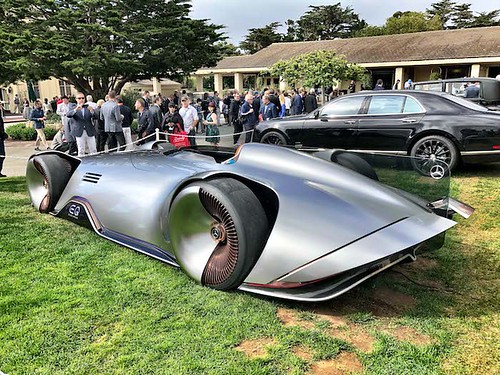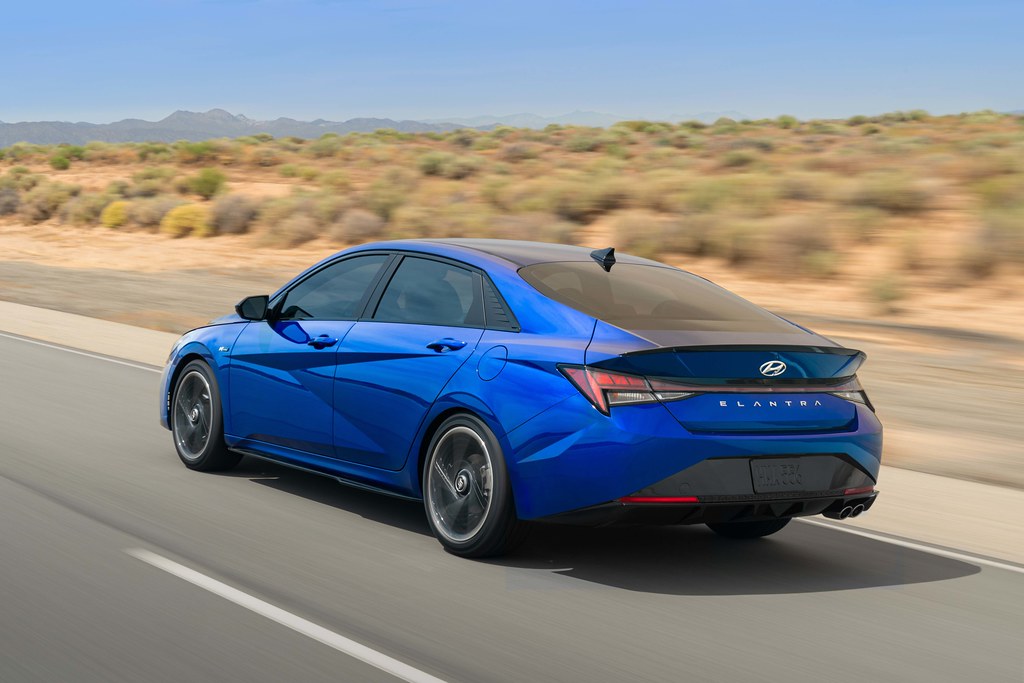The Mercedes EQS has long been a symbol of luxury and innovation, but the 2025 facelift has sparked debate among enthusiasts and newcomers alike. As we delve into the details, it becomes clear that the changes have stirred more controversy than expected, leaving many to question if the updates are sufficient to keep the EQS at the forefront of electric luxury. Let’s explore the modifications, enhancements, and potentially contentious decisions made during the 2025 facelift of the Mercedes EQS.
Tasteful Changes: A Mix of S-Class and EQS
The main point of contention lies in the aesthetic changes, particularly the front fascia. Mercedes has infused the EQS with design cues from the S-Class, aiming to bridge the gap between its flagship combustion and electric models. However, the execution, including a revised faux grille with horizontal chrome slats, has not been universally welcomed. This attempt to mimic the S-Class’s combustion engine counterpart may have fallen short, especially considering the unique identity the EQS has carved out in the electric vehicle (EV) sector. The addition of the standing star, echoing the traditional hood ornament of the S-Class, further cements this blend of old and new Mercedes-Benz design philosophies.
But it’s not just about aesthetics. The 2025 EQS introduces the AMG Line front bumper as a standard feature, signaling a shift towards a more unified, potentially sportier look across the board. Despite these changes, the EQS retains its controversial ‘egg-like’ shape, a design choice that has been both praised and criticized since the model’s debut. This shape, while distinctive, may not convey the imposing presence many expect from a vehicle bearing the Mercedes badge, especially when compared to the esteemed S-Class.
Inside Improvements: Unpretentious Extravagance Updates
Inside, the changes are subtle yet aimed at enhancing luxury. The addition of chrome accents to the air vents on the B-pillars and the introduction of contrast stitching and Nappa leather piping on the cushions in the rear seats are touches that reflect Mercedes’ commitment to luxury. Additionally, a slight increase in foam density for the rear seats suggests an emphasis on comfort, albeit a minimal one.

Upgraded Battery Limit and Mechanical Enhancements
Under its dubious outside, the EQS flaunts a critical update as an improved battery limit, hopping from 108.4 kilowatt-hours to 118.0 kilowatt-hours. This limit increment is expected to broaden the scope of the EQS, possibly mitigating one of the normal worries among EV purchasers: range nervousness. Furthermore, the consolidation of further developed energy recovery frameworks through new programming for the regenerative stopping mechanism is a specialized improvement that helps the vehicle’s productivity as well as adds to a lower upkeep necessity for the brake circles.
Adjusting Custom and Advancement
Notwithstanding these headways, the core of the matter remaining parts: does the 2025 facelift of the Mercedes EQS do what’s necessary to raise the model over its ancestors, or does it some way or another miss the mark concerning assumptions, especially in contrast with its ignition motor kin and adversaries from BMW and Audi? As we dig into the subtleties of the facelift and the more extensive ramifications for Mercedes’ electric desires, obviously the EQS is at a junction, endeavoring to keep up with its status as a sign of electric extravagance while exploring the difficulties and potential open doors introduced by the developing auto scene.
Introductory Responses: Blended Reactions and Market Difficulties
The market’s underlying response to the 2025 EQS has been a hodgepodge of expectation and incredulity. With stylish changes that have enraptured fans and spectators alike, especially the overhauled front belt and the standing star seal, Mercedes navigates a precarious situation among development and custom. While some cheer the sign of approval for the exemplary S-Class extravagance, others question whether these progressions weaken the EQS’s exceptional character in the rambling electric vehicle scene. Notwithstanding, underneath the surface, the EQS’s upgraded battery limit and further developed energy recovery systems offer a promising lift to execution and manageability that may simply steer the results for Mercedes’ electric desire.

Financial and Market Contemplations
The financial scene presents its own arrangement of difficulties for the EQS and the more extensive EQ line. A new report’s disclosure that the EQS loses almost 50% of its worth after only a year has blended worries over the model’s deterioration rate, creating a shaded area over its drawn out incentive. Besides, Mercedes vendors in the USA have voiced their battles with selling the EQS, refering to an absence of optimistic allure contrasted with its opponents from Audi and BMW. This focuses to a more profound issue inside the extravagance EV fragment, where brand dependability and allure assume basic parts in driving deals. Mercedes-Benz USA’s head Dimitris Psillakis recognizes the obstacles in exploring another portion, stressing the need to change product offerings and address store network limitations to fulfill market needs.
Vital Turn Towards Availability
Despite these challenges, Mercedes remains steadfast in its electric journey, with Psillakis expressing optimism about increasing the production of more affordable EQ models and reducing the focus on higher-end variants. This strategic shift aims to broaden the appeal of Mercedes’ electric lineup, making it more accessible to a wider audience while retaining the allure of luxury and innovation that the brand is known for. The EQS, with its updated styling, improved battery life, and luxurious interior features, stands as a testament to Mercedes’ resolve to redefine electric luxury.
Drawing in with the Crowd: Meeting and Surpassing Assumptions
However, as the automotive industry continues its relentless march towards electrification, the success of the EQS will not solely depend on its technical merits or aesthetic appeal. The brand’s ability to engage with its audience, understand their evolving needs, and respond with vehicles that not only meet but exceed expectations will be crucial. As dealers and consumers alike adjust to the new electric norm, Mercedes’ approach to blending traditional luxury with cutting-edge technology in the EQS may well set the benchmark for the future of electric luxury sedans.
While the road ahead for the 2025 Mercedes EQS and the broader electric vehicle market is not without its challenges, it is also filled with opportunities. The EQS’s redesign may emerge as a testament to Mercedes’ enduring legacy and leadership in the premium electric car segment, rather than just a necessary update to the model as it navigates the changing tides of consumer preferences and market dynamics. Whether the 2025 EQS rises to new heights or falters under the weight of expectations remains to be seen, but one thing is certain: the journey will be nothing short of remarkable.
Related posts:
The 2025 Mercedes EQS Somehow Looks Worse
Updated 2025 Mercedes-Benz EQS Tones Down Looks And Goes Farther





